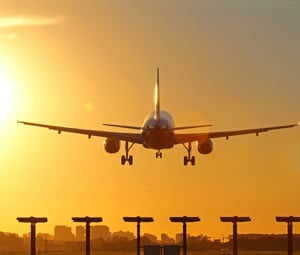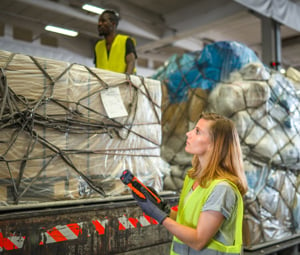Search all reports
Browse through the IATA Economics report library.
1744 reports found
Air Freight Monthly Analysis - Jan 2014
Analysis of how the freight industry has performed in terms of traffic and utilization
- Market Developments
- Air Freight Monthly Analysis
Bali trade deal impact on air freight
- Market & Industry Issues
- Demand
Bali trade deal impact on air freight
Reducing trade cost through improving customs operations can boost world trade and air freight demand.
- Public Policy Issues
- Value of Aviation
Mode shift: impact and how to respond?
Seabury and IATA research indicates that modal shift is costing air freight 2 percentage points of annual growth.
- Market & Industry Issues
- Demand
Airlines Financial Monitor - January 2014
Monthly review of the industry financial performance.
- Market Developments
- Airlines Financial Monitor
Business Confidence Survey - January 2014
IATA's survey of airline business confidence gives a forward looking view of industry prospects
- Outlook
- Business Confidence Survey
Inefficiency in European airspace
- Public Policy Issues
- Infrastructure
Airport competition
This paper shows that airports enjoy significant market power in their local markets. Competitive forces are not strong enough to ensure a fair outcome for consumers. Robust and effective economic regulation is required
- Market & Industry Issues
- Competition
Airport Competition
This paper shows that airports enjoy significant market power in their local markets. Competitive forces are not strong enough to ensure a fair outcome for consumers. Robust and effective economic regulation is required.
- Public Policy Issues
- Infrastructure
Value of an average passenger flight in EU-27
- Public Policy Issues
- Value of Aviation



